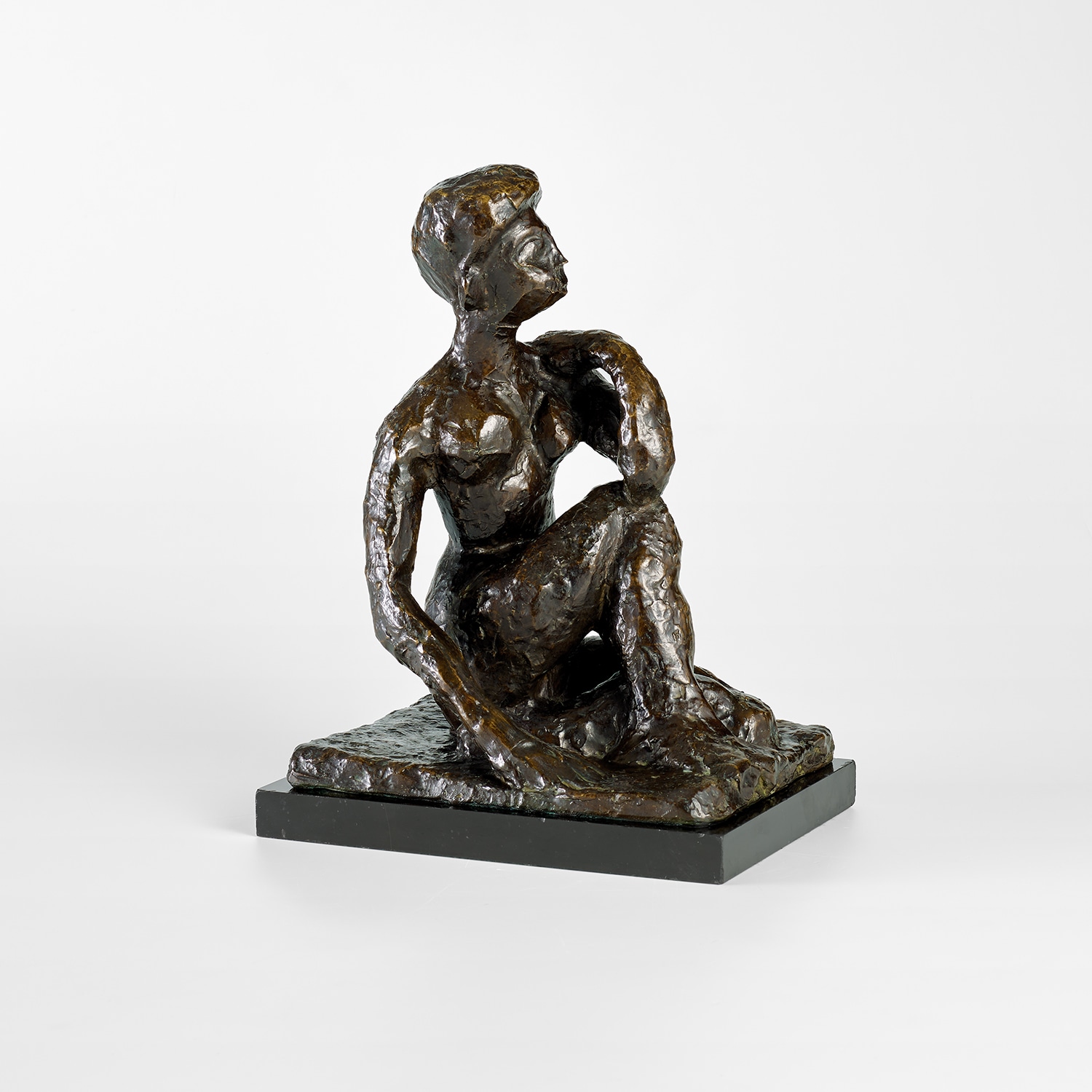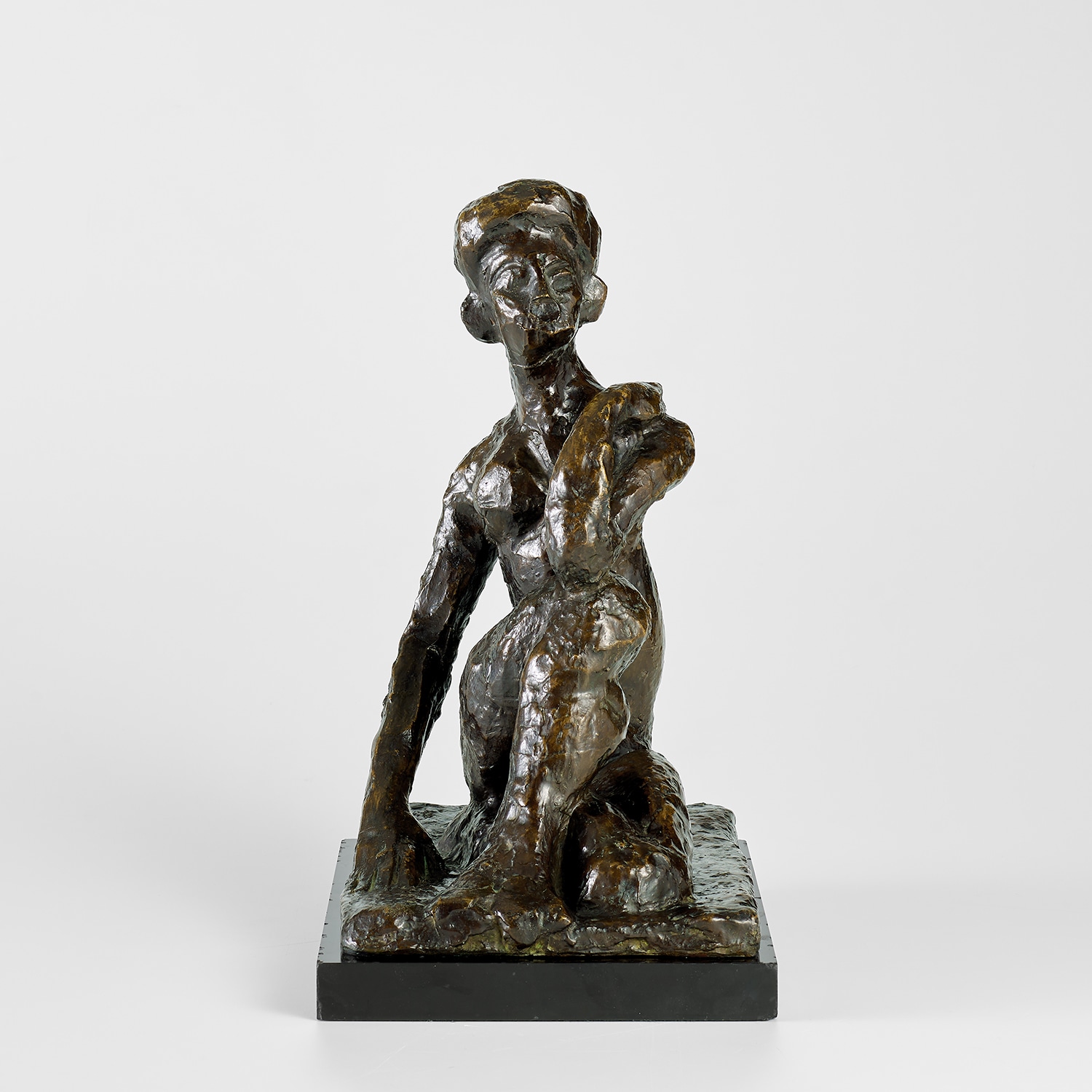







26Ο◆
Henri Matisse
Grand Nu accroupi (Olga)
Further Details
Full-Cataloguing
Henri Matisse
French | B. 1869 D. 1954The leading figure of the Fauvist movement at the turn of the 20th century, Henri Matisse is widely regarded as the giant of modern art alongside friend and rival Pablo Picasso. Working as a painter, draughtsman, printmaker and sculptor for over five decades, he radically challenged traditional conventions in art by experimenting with vivid colors, flat shapes and distilled line. Rather than modeling or shading to lend volume to his pictures, the French artist employed contrasting areas of unmodulated color. Heavily influenced by the art and visual culture of non-Western cultures, his subjects ranged from nudes, dancers, odalisques, still lifes and interior scenes and later evolved into the graphic semi-abstractions of his cut-outs of his late career.